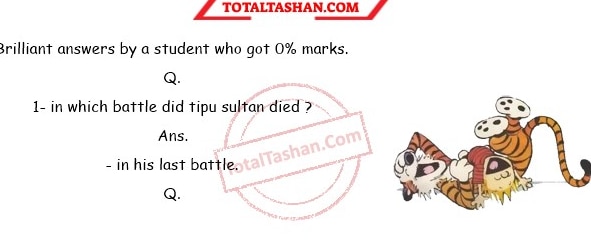Why is Indo-Pak pop culture (and white people) obsessed with Mysore ruler Tipu Sultan?

Once the favourite subject for British and Indian writers, Tipu Sultan has turned into a debate subject for politicians and historians (photo-DailyO)
Every now and then, an Indian freedom fighter or ruler becomes a topic of heated debates among political parties. It’s Tipu Sultan’s turn this time around, ever since Congress leader and Mumbai Suburban Minister Aslam Shaikh announced his plans to name a playground in the city’s Malwani locality after him.
Leaders from the BJP (Bhartiya Janata Party) were however angered, mentioning how the 17th-century Muslim ruler of Mysore should not be commemorated, given his role in deaths of several Hindus in his empire.
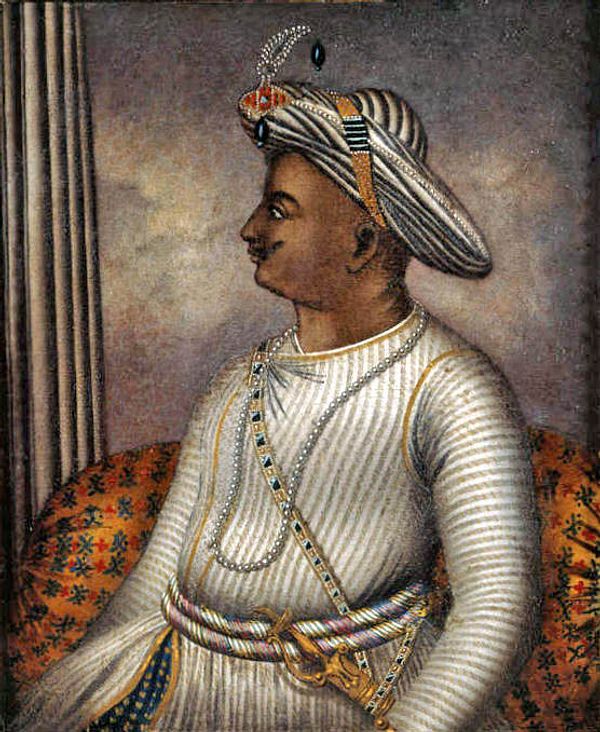
While the debates continue and Karnataka BJP workers even suggesting Hanuman to be a better naming choice than Tipu, it is worth revisiting what it is exactly about the Mysore ruler that has made him the subject of popular fascination.
Politically speaking, former Indian President Ram Nath Kovind hailed Tipu Sultan even saying that he died as a hero. Even India’s neighbour Pakistan has had a love for Tipu, with former PM Imran Khan also celebrating him as a hero and saying that he admires him as a freedom fighter.
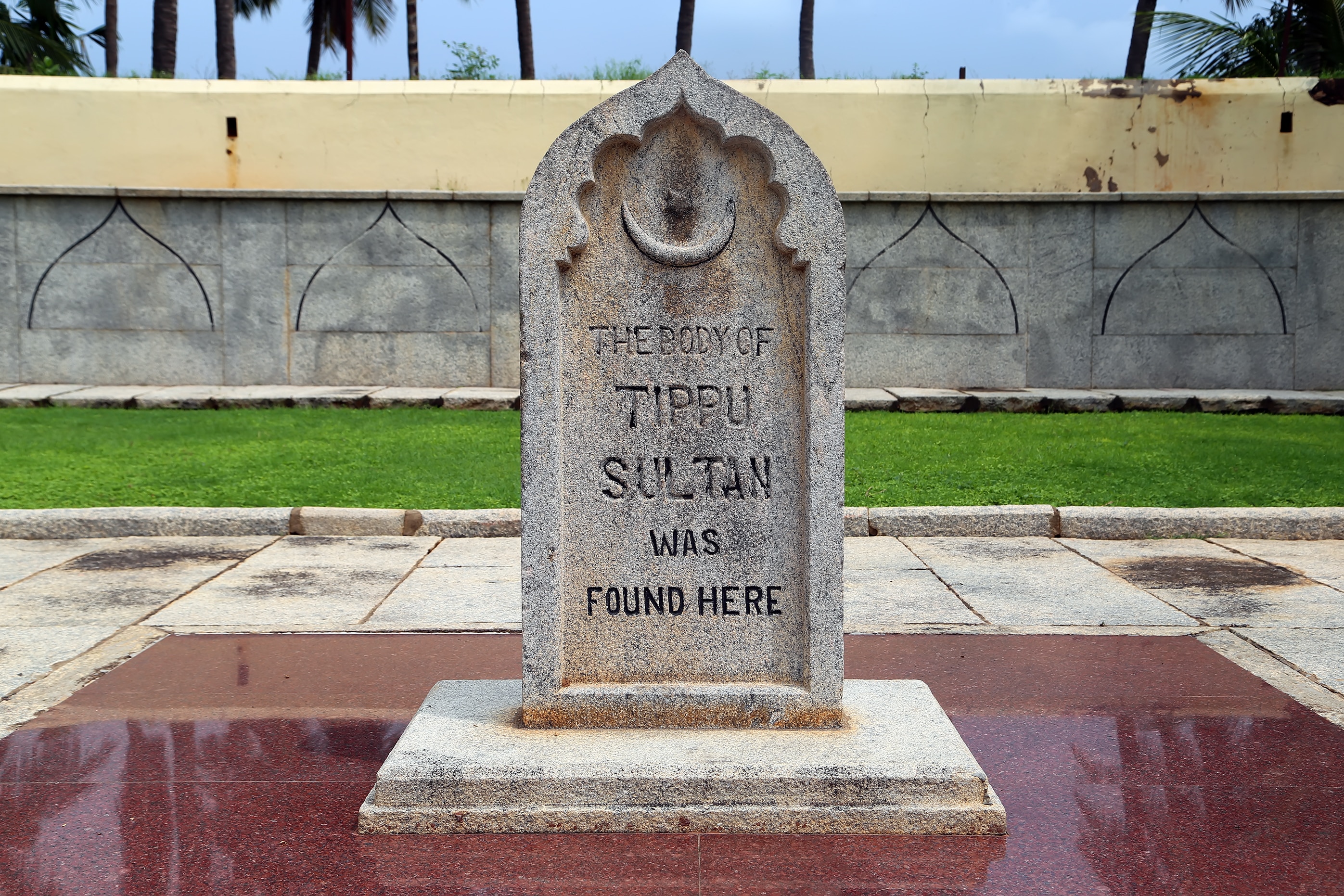
But Tipu’s image and persona has fascinated literature too, including not just Indian and Pakistani artists but even Western names including Jules Verne!
Jules Verne and the “gora” people
For Western writers, Tipu Sultan’s moustached look, his obsession with swords and iron-cased rockets, and his ultimate defeat with the fall of his capital Srirangapatna, have been subjects of fascination. Legendary adventure writer Jules Verne (Around the World in 80 Days, Journey to the Centre of Earth) even wrote his Indian character Captain Nemo from 20,000 Leagues Under The Sea, a nephew of Tipu Sultan’s.

In fact, his nickname of “The Tiger of Mysore” itself sprung up from a British novelist GA Henty who wrote a novel of the same name in 1896. The white man glorifies the brown subject matter but given the time period, it is highly possible that most of the depictions of Tipu and other Indians might not have aged well.
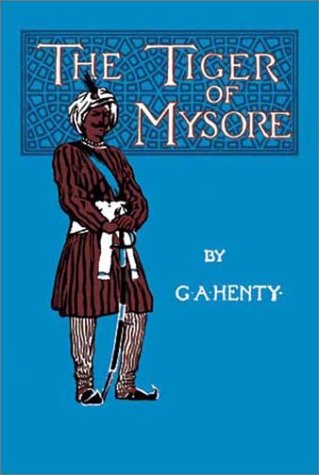
A few decades earlier in 1868, another English novelist got fascinated with the ruler to open his classic work. The Moonstone by Wilkie Collins is largely credited for being one of the earliest detective novels, its prologue containing a detailed account of Tipu Sultan and the fall of his capital city at the hands of the British. Much later in 1997, historical fiction writer Bernard Cromwell similarly described the siege on Srirangapatna in Sharpe’s Tiger where his valiant British hero Richard Sharpe even manages to kill Tipu with his own hands.
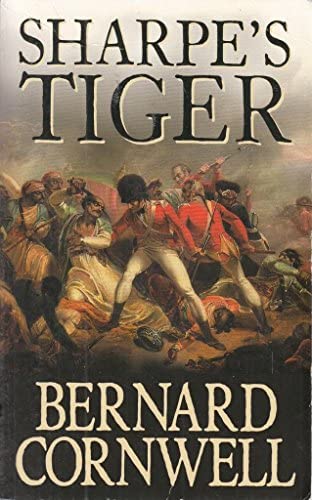
Indian TV and theatre’s history with Tipu
The Doordarshan generation of the 1990s was perhaps introduced to Tipu Sultan with the popular historical fiction series The Sword of Tipu Sultan. Directed by and starring Sanjay Khan as the titular ruler, the show drew popularity for its grand sets and also courted controversy for a mid-production fire in Mysore that claimed more than 60 lives.
While Khan was the face of the show, The Sword of Tipu Sultan interestingly also featured Mukesh Rishi (the actor famous for reciting the poetic line "Mai hu Bullah, rakhta hu khulla" in the B-grade classic Gunda) as one of Tipu Sultan’s ministers Mir Sadiq. The 60-episode-long show ran from 1990 to 1991, its DVD box sets still being sold in stores and online.

Apart from several Kannada and Konkani-language novels on Tipu Sultan and his reign, a more contemporary example is by the late Indian theatre legend Girish Karnad. The Karnataka native wrote a Kannada play called The Dreams of Tipu Sultan. Unlike other depictions of Tipu, Karnad focused on a more humble and melancholic approach as the play covered the final days of Sultan’s life.
Even Pakistan loves Tipu
While Girish Karnad debuted his play in 1997, Pakistan’s state-owned channel PTV also premiered a show on Tipu Sultan the same year. With 20 episodes, Tipu Sultan: The Tiger Lord can be seen as a low-budget version of Doordarshan’s The Sword of Tipu Sultan.

The show was still a hit in the country and popularised the king further. His impact in Pakistan can be seen from how Imran Khan even tweeted on his birth anniversary on May 5, 2019.
The disgraced PM of the country tweeted, “Today 4th May is the death anniversary of Tipu Sultan - a man I admire because he preferred freedom and died fighting for it rather than live a life of enslavement.”
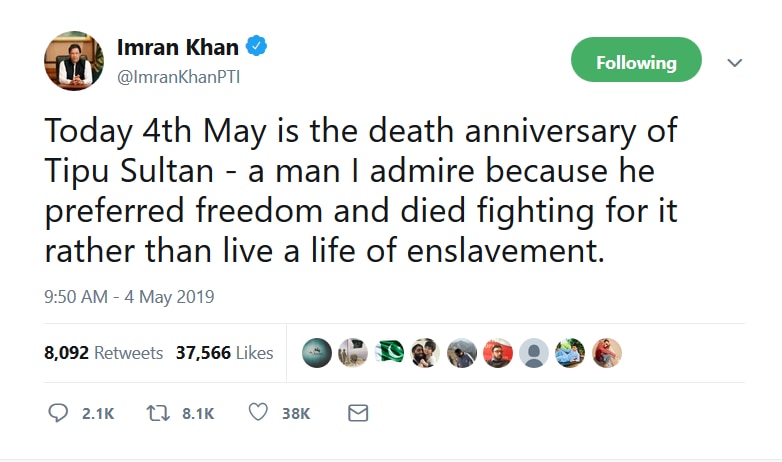
What about Tipu now? What does history say?
The history around Tipu Sultan’s religious relations are trending now because of the ongoing scuffle between BJP and others.
According to Mohibbul Hassan’s 2005 biography History of Tipu Sultan, Tipu’s treasurer was a Hindu named Krishna Rao (along with many other ministers). Although a devout Muslim, A Subbaraya Chetty writes in Confronting Colonialism, that he also made endowments to as many as 156 Hindu temples including the famous Ranganathaswami Temple at Srirangapatna.
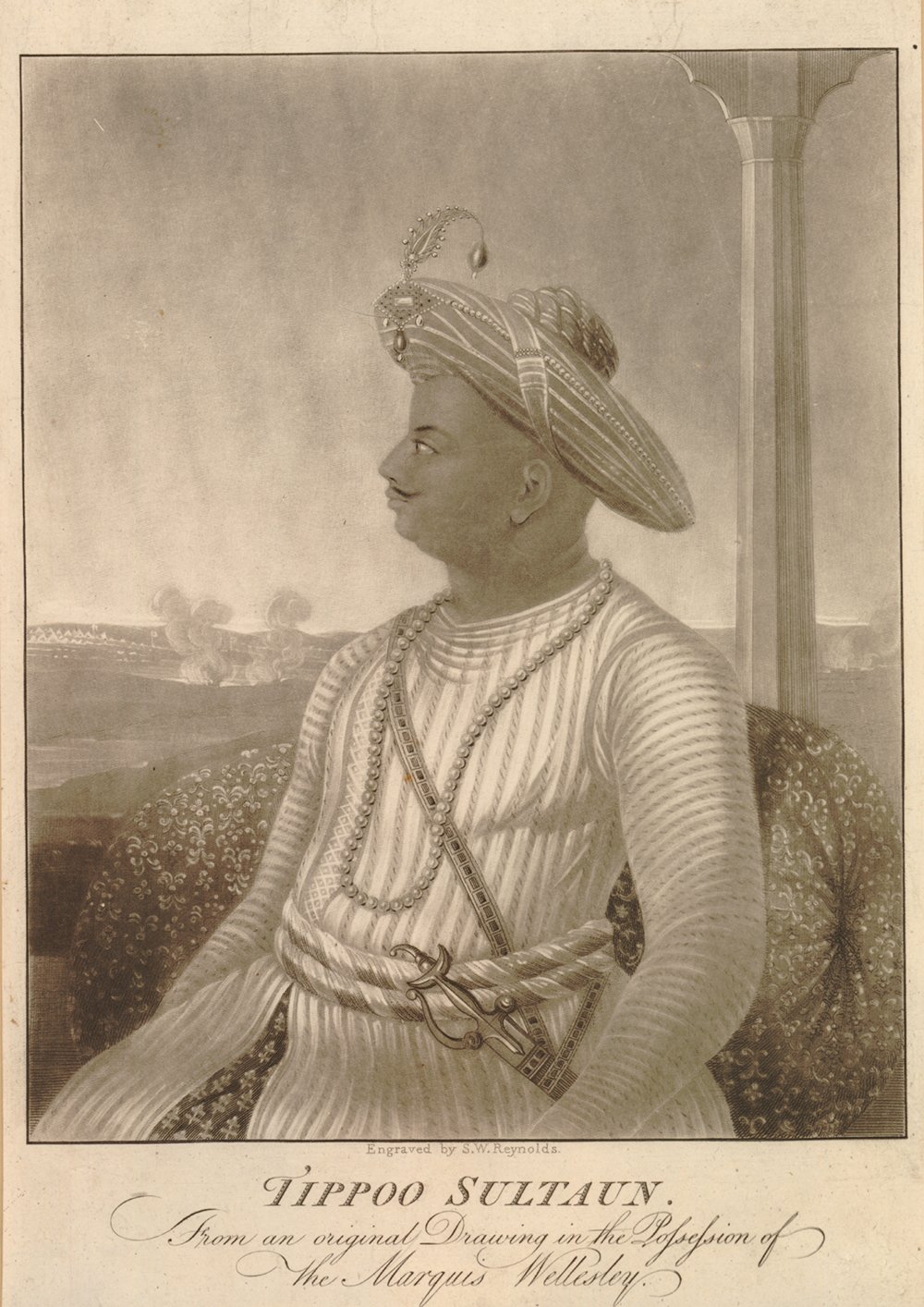
At the same time, there are sources like Sita Ram Goel’s Tipu Sultan: Villain or Hero and Kranti K Farias’s The Christian Impact on South Kanara that hold him guilty for religious massacres, destruction of holy places, and forced conversions regarding Hindus, Christians, and even Muslims like the Mappila from Kerala.
Now, there are also historians like India’s Irfan Habib and Australia’s Kate Brittlebank who feel that these allegations of religious intolerance were floated first from biased British historians given that they were convinced the British “liberated” Mysore from Tipu Sultan.
So, what is the truth about Tipu?
There are many versions, depending upon which expert gets to present more evidence. But given the recent controversies, there are high chances that revisionist histories (and popular fiction) would reinterpret Tipu Sultan and whatever it is that he stood for.
Anyway, here’s a cringey “boomer joke” that I came across. Feel free to laugh after all this historical mumbo-jumbo.
